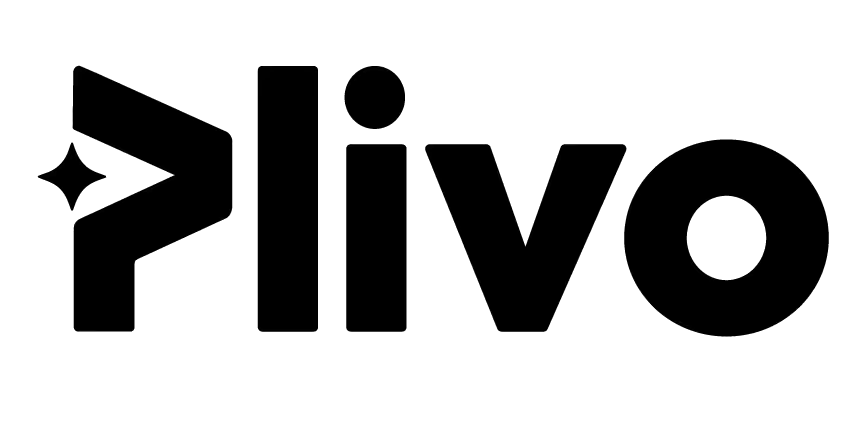When you send an SMS text message to friends and family, you’re sending the message person to person, or P2P. But when a business sends out text messages, they’re generated by application program code. That makes business text application-to-person communication, or A2P. All messaging from a communications platform as a service (CPaaS) like Plivo is considered A2P.
No doubt you’ve received all kinds of A2P messages: delivery notifications, appointment reminders, anti-fraud alerts, marketing promos, and one-time passwords (OTP) used for two-factor authentication (2FA).
Why make the distinction between P2P and A2P? Primarily to reduce spam. Carriers know their customers hate getting unsolicited commercial communication (UCC). P2P messages don’t contain UCC; A2P do. Therefore, mobile network operators (MNO) require businesses that want to send A2P messages to register; unregistered messages are subject to high levels of filtering. MNOs also impose limits on the type and volume of traffic that they allow, which vary by number type.
CTIA, the trade association for the wireless communications industry in the US, defines three types of business messaging: conversational, informational, and promotional. Conversational messaging is P2P, though it can also be used by businesses in the context, for example, of a technician helping support a customer. The other two types are A2P.
Businesses can send A2P messages from long codes, toll-free numbers, and short codes. Toll-free and short code numbers have always required registration before they can be used for SMS. In the US, businesses must register their long codes as 10DLC numbers to cut down on spam. Similarly, in India, businesses must register using DLT technology. Other countries have different requirements.
Many countries also have regulations and guidelines requiring that consumers be allowed to opt in to receiving A2P messaging, and be able to opt out easily. Typically, recipients can opt out by sending a keyword such as STOP to the number sending the text messages.

